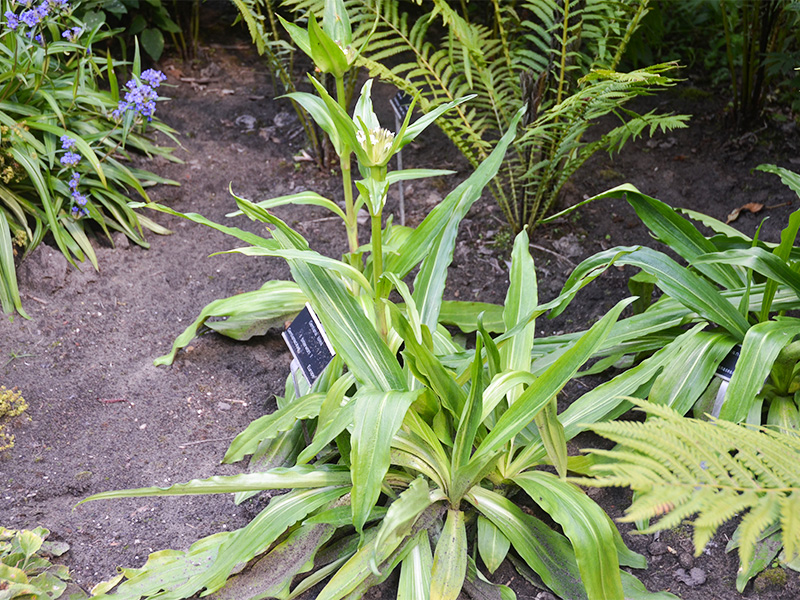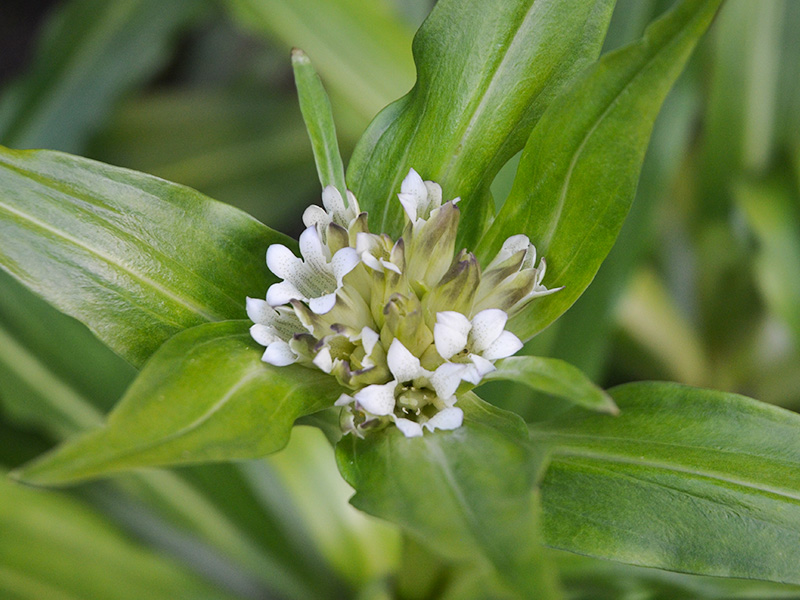
Perennials > Gentiana > Gentiana lutea > Gentiana lutea
Gentiana lutea
Yellow Gentian
Origin: Native to the mountains of central and southern Europe.
| Family |
| Gentianaceae |
| Genus |
| Gentiana |
| Species |
| lutea |
| Category |
| Perennials |
| USDA Hardiness Zone |
| 4 - 8 |
| Canadian Hardiness Zone |
| 5 |
| RHS Hardiness Zone |
| H7 |
| Height |
| 1.2 m |
| Spread |
| 0.6 m |
Photographs
Description and Growing Information
Flowering Period
| Cultivation |
| Full sun and partial-shade. Well-drained soil with a pH of acidic, neutral and alkaline. Prefers sandy, loamy and clay soils. |
| Growth |
| Medium |
| Habitat |
| Grassy alpine. |
| Leaf Description |
| Large, elliptical and opposed leaves. Hollow stalk that grows up to 1 m high. |
| Flower Description |
| The tap root forms a single basal rosette. The stalk bears a wheel-shaped 5-pointed corolla. The flowers are hermaphrodite. |
| Colour Description |
| The blooms are a yellowish-gold. The leaves are a bluish-green. |
| Notable Specimens |
| The University of Alberta Botanic Garden, Devon, Alberta, Canada. |
| Propagation |
| Seed. |
| Ethnobotanical Uses (Disclaimer) |
| The root is occasionally used in the manufacture of gentian bitters and as flavouring in beer before the use of hops. |


